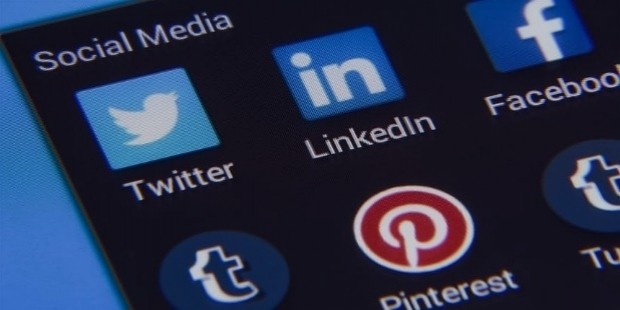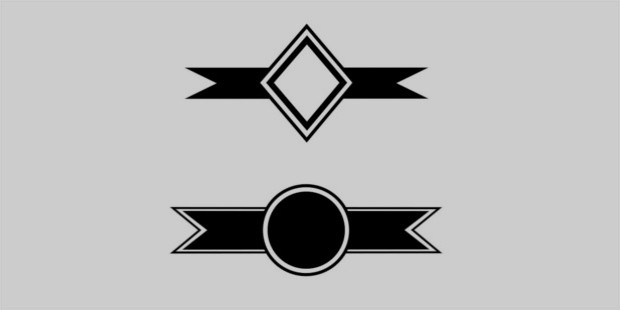10 Things to Know Before Deciding Your Company's Logo

A company’s logo is a representation of the vision and value of the company. The Logo doesn’t define company’s success nor does it help in attracting new customers, but it plays a vital role in imprinting an impression in consumers' mind who are loyal to the brand.
A logo is a symbol of brand loyalty; a logo is an image that gets settled in customers’ brain and they associate the company with it. It has been observed that whenever any existing company changes the logo, loyal consumers get a bit skeptical in approaching that company’s products. The logo is the gateway to brand loyalty.
Creating a distinctive yet functional logo may appear too complicated but once you follow the step by step process, it may appear seamless. Here are ten things you should consider before zeroing on your company’s logo:
1. Clear Message

Formulate a clear message about your company that you want to convey through your logo to your target customers, then transpire it into a design.
2. Avoid Similarity

Study your competitors’ logos closely in order to avoid creating a similar logo as theirs. It will also help you in coming up with a unique logo that can differentiate you from your competitors.
3. Avoid Clip Art

The original is always the best and impossible to re-create; hence, stick to an original design and avoid clip art completely which can be easily copied. Clip art may appear attractive but they can be risky too.
4. Reflection of Company

Your logo must speak for your company in a few words or mere through a few letters and hence, settle for a logo bearing the letters of the name of your company along with the motto. Just check McDonald's for reference.
5. Precise and Clean

Your logo appears everywhere from your business card to hoardings. Choose a logo that is easy to reproduce but distinctive from others.
6. Take Help of a Professional Designer

Always hire a professional designer to design your company’s logo. Not only they understand your requirement but they also know the perfect combination of colors and which design can be easily reproduced.
7. Safeguard Your Logo

Your logo must stand unique hence, you must trademark it before it goes public so that your competitors do not get a chance to duplicate it. You can protect your logo by applying for trademark.
8. Avoid Using Too Many Colors

A logo with multiple colours may appear attractive and trendy but often a logo with more than three colours gets rejected on the medium that doesn’t allow more than three colours. Besides it may not appear too great on banners or on your business card.
9. Create A Few Variations

Before finalising your logo, ask your designer to create 3-4 designs an then select the one that is closest to what your company represents. Creating a few logos may also increases clarity in content thereby increasing visibility and also establishing the image of your company.
10. Collect Feedback

The best way to learn about the reaction of people towards your logo is to take feedback from all your close associates, family, and friends who will give you honest feedback and you do not run the risk of your design getting duplicated.
Remember, your logo is what your consumers or customers will carry in their memory once they are satisfied with your products or services. Hence, you will have to use your logo extensively to imprint your brand name. Before giving the positive nod to your logo, judge properly if your logo is a reflection of all that your company stands for.









